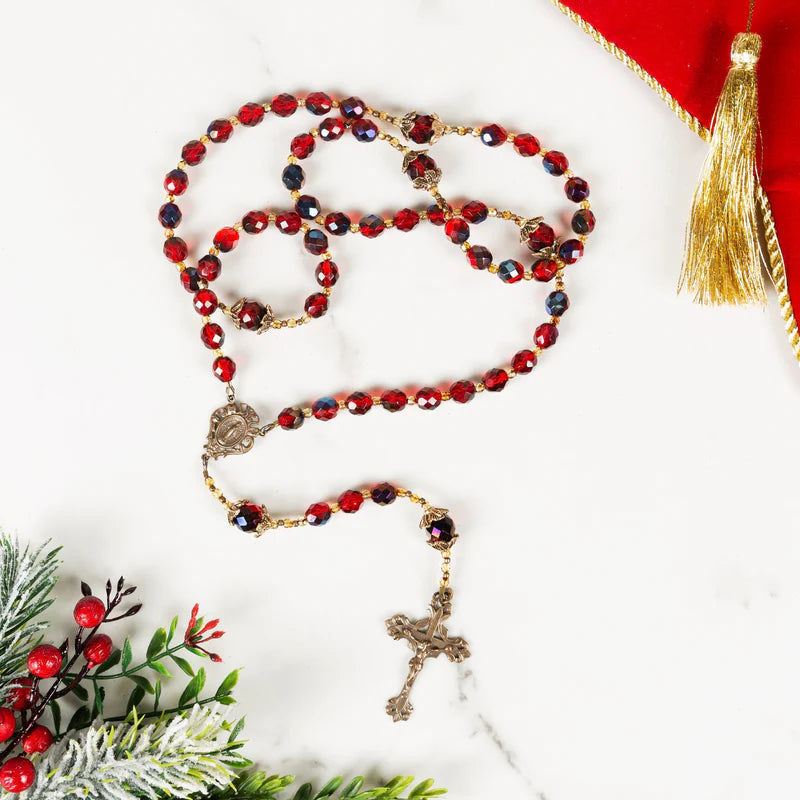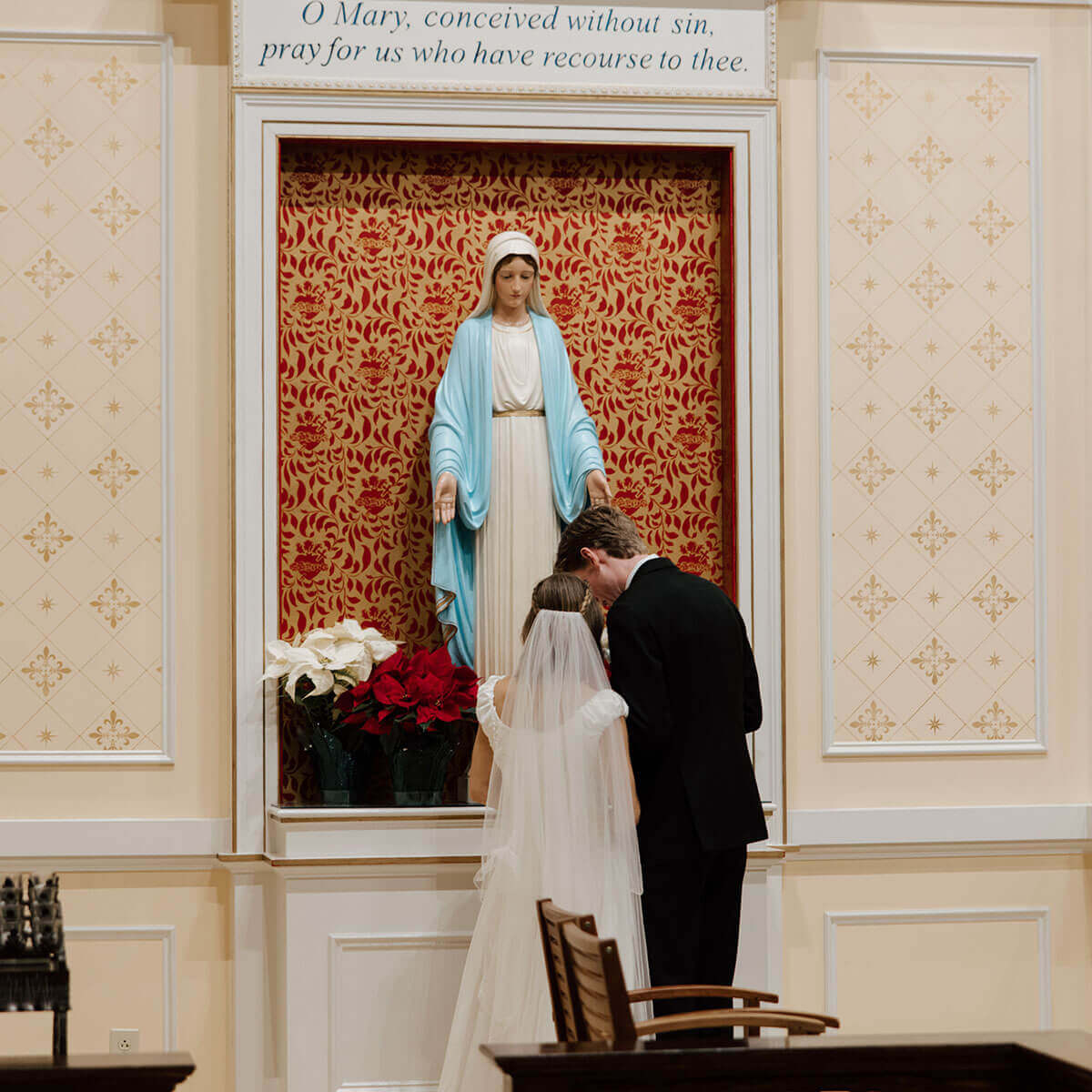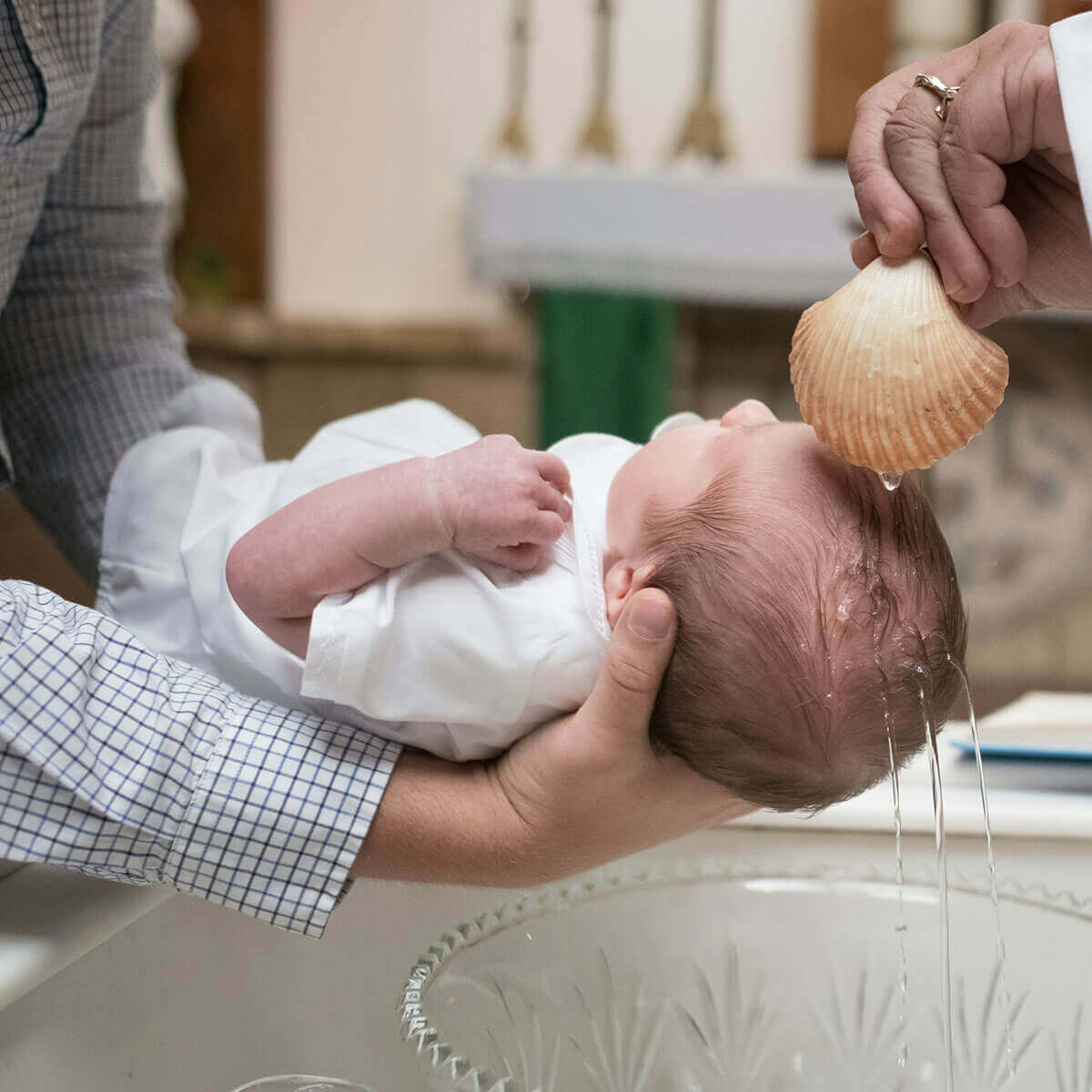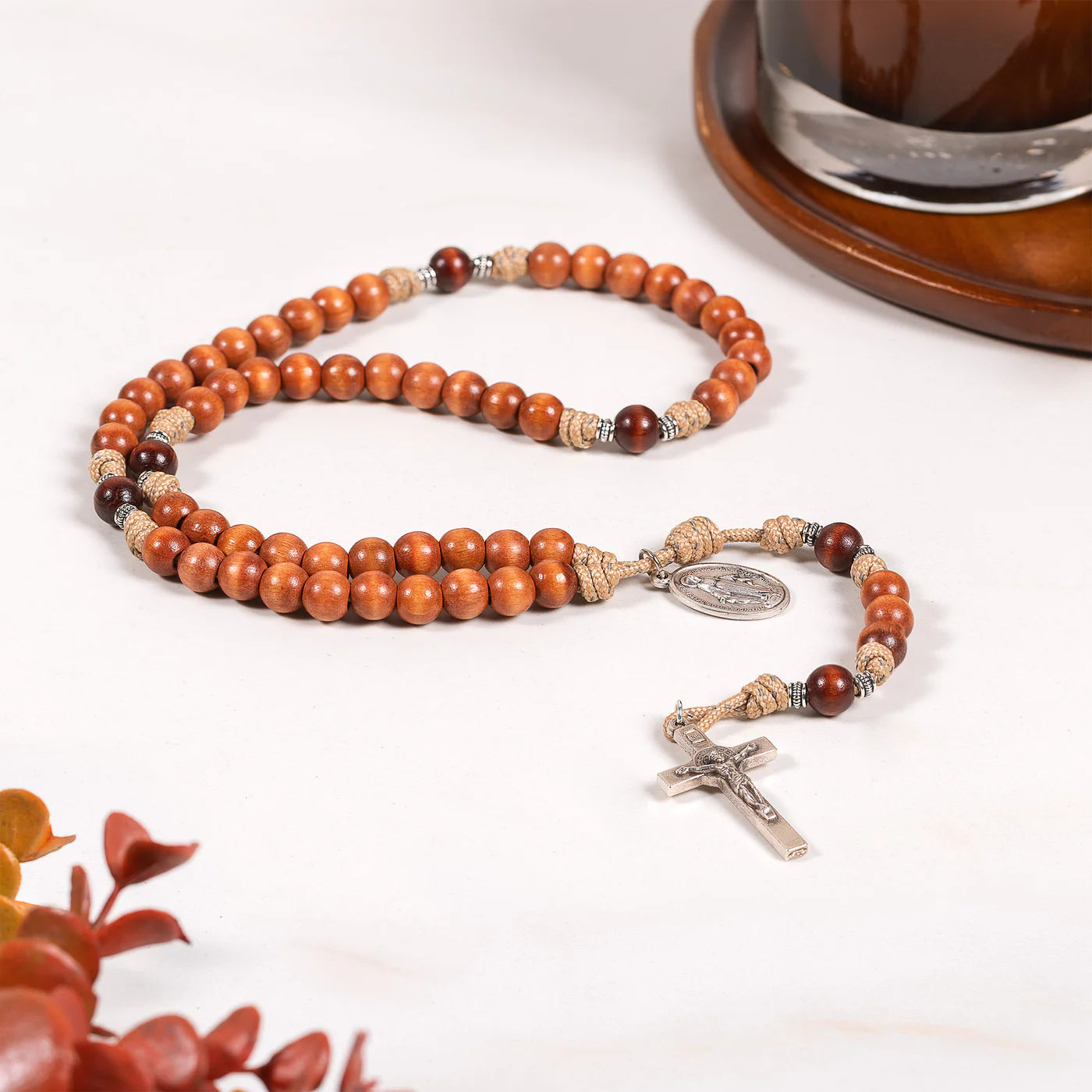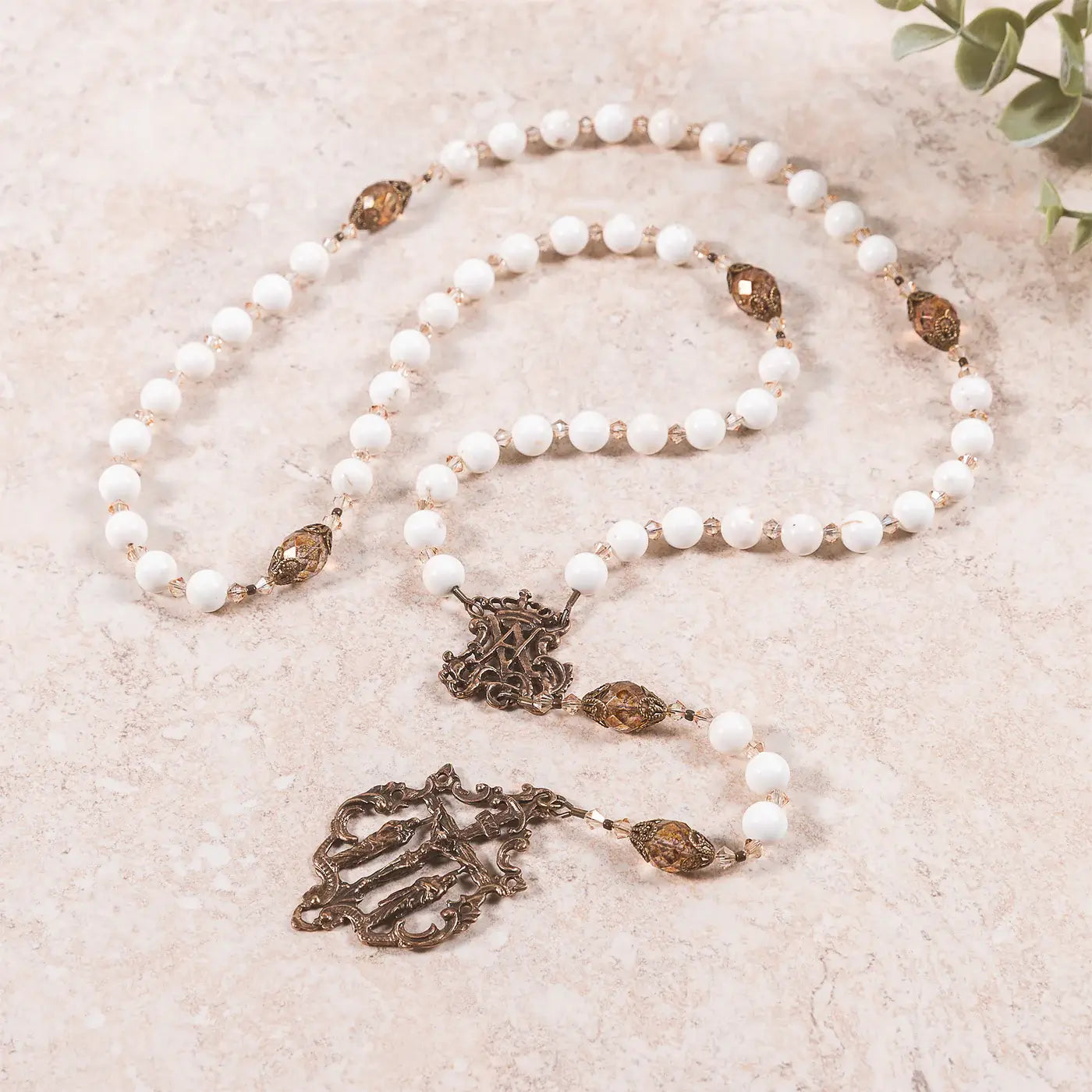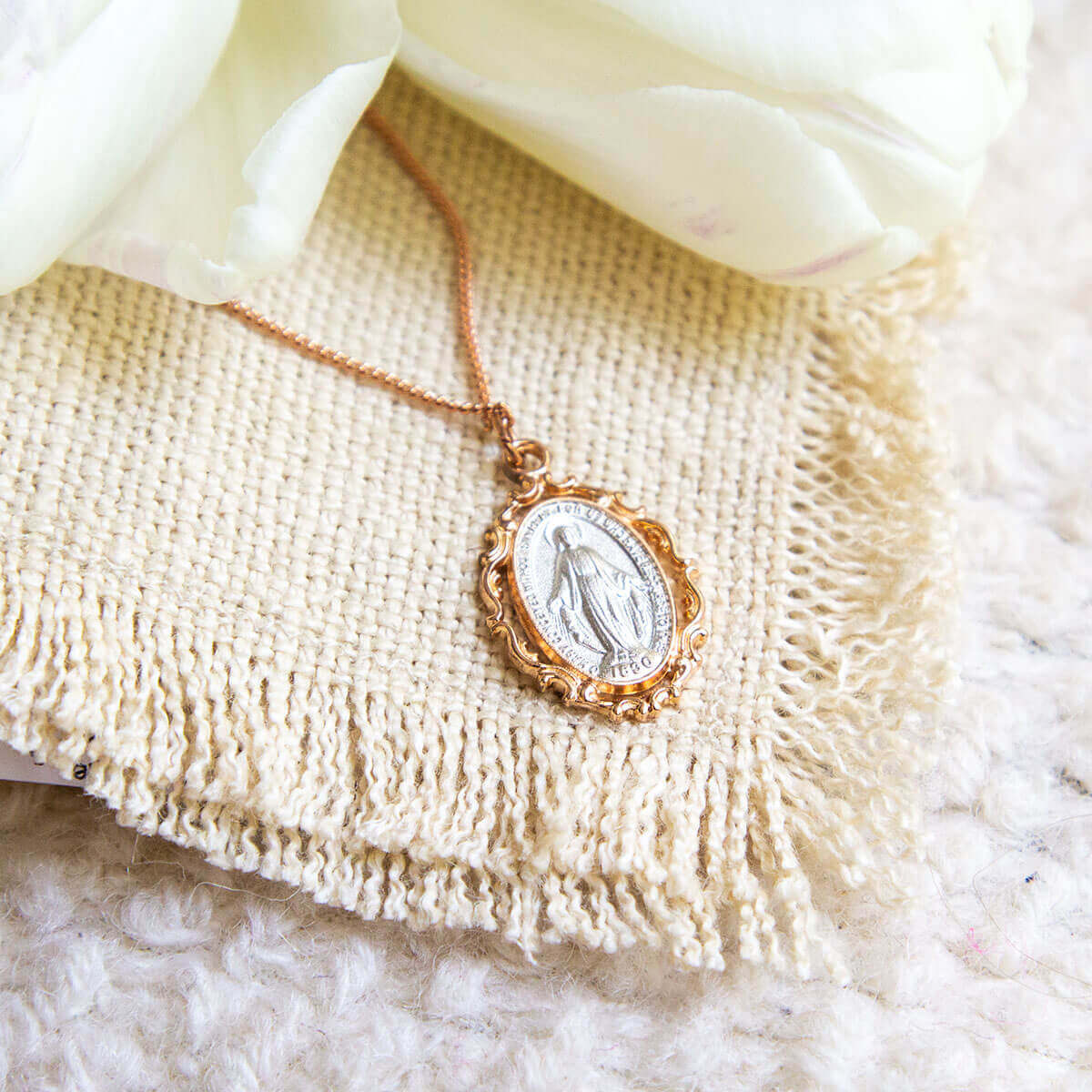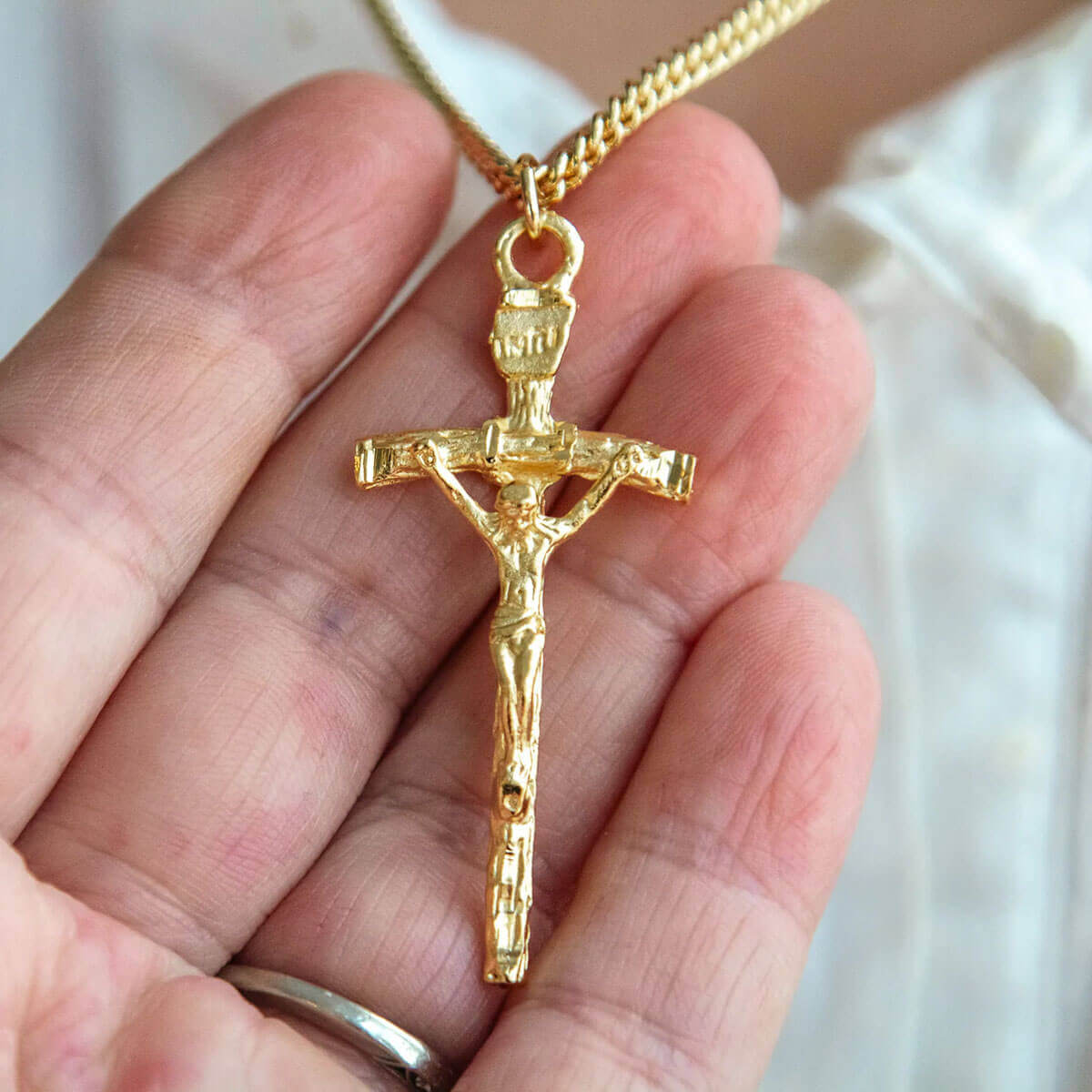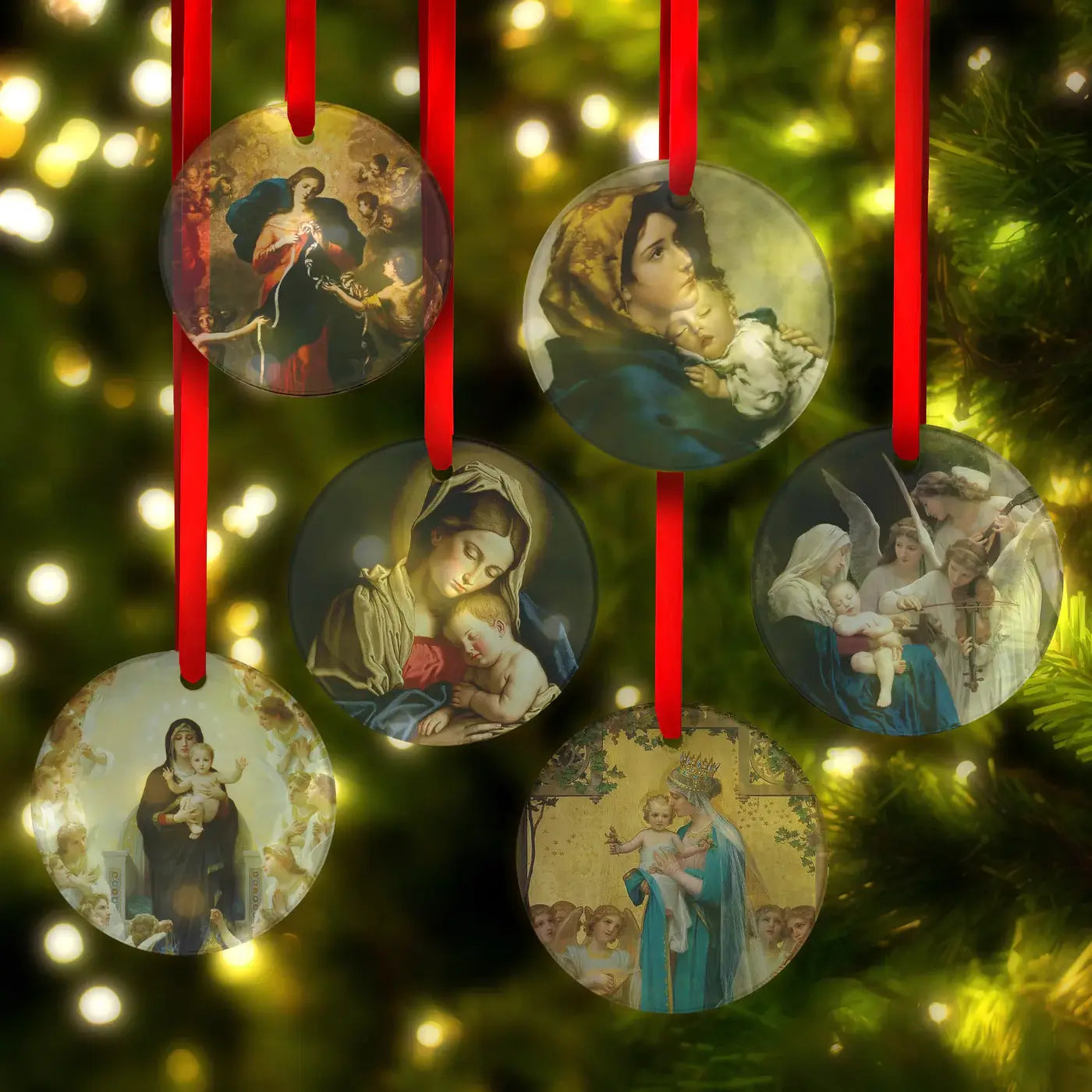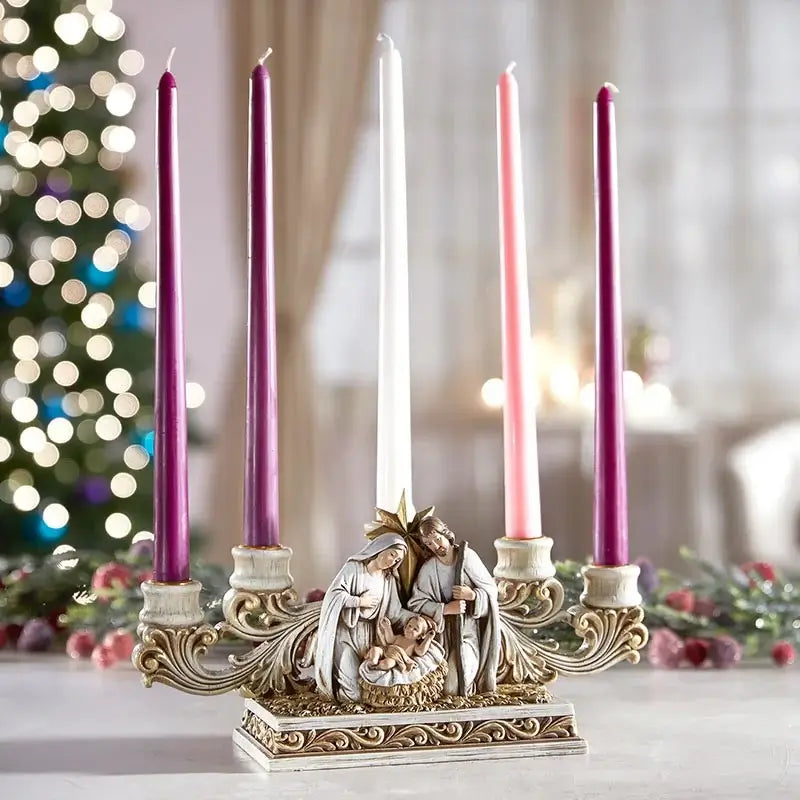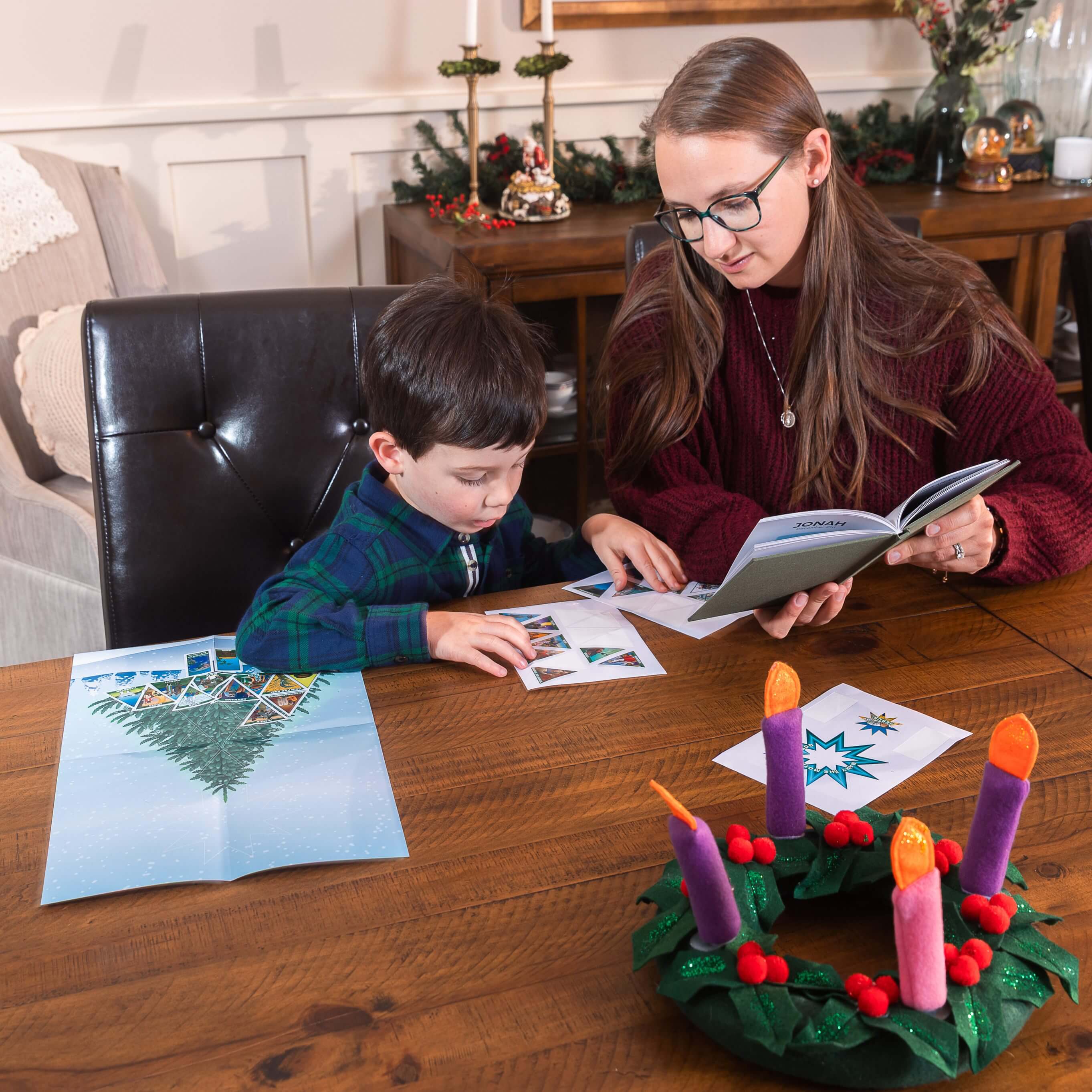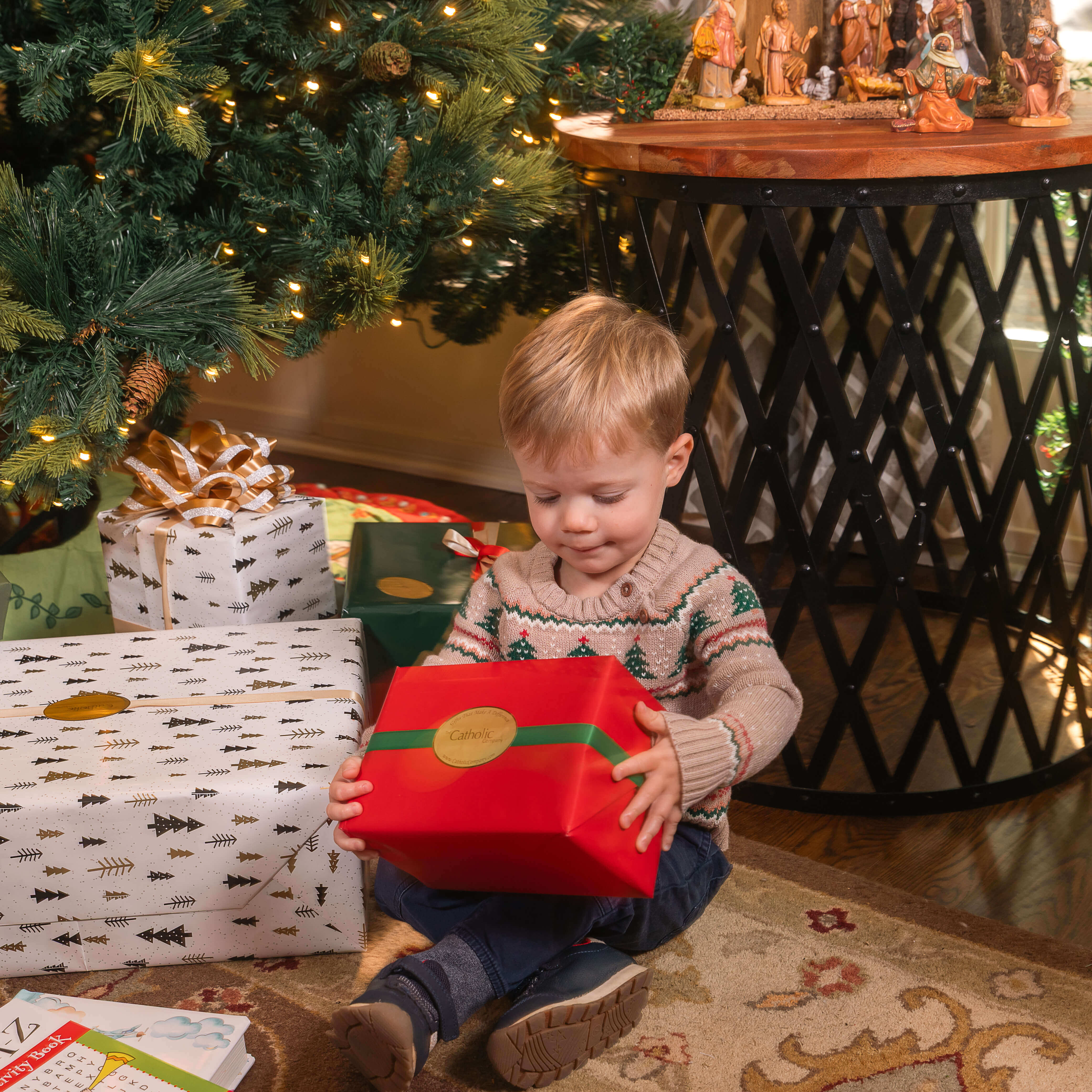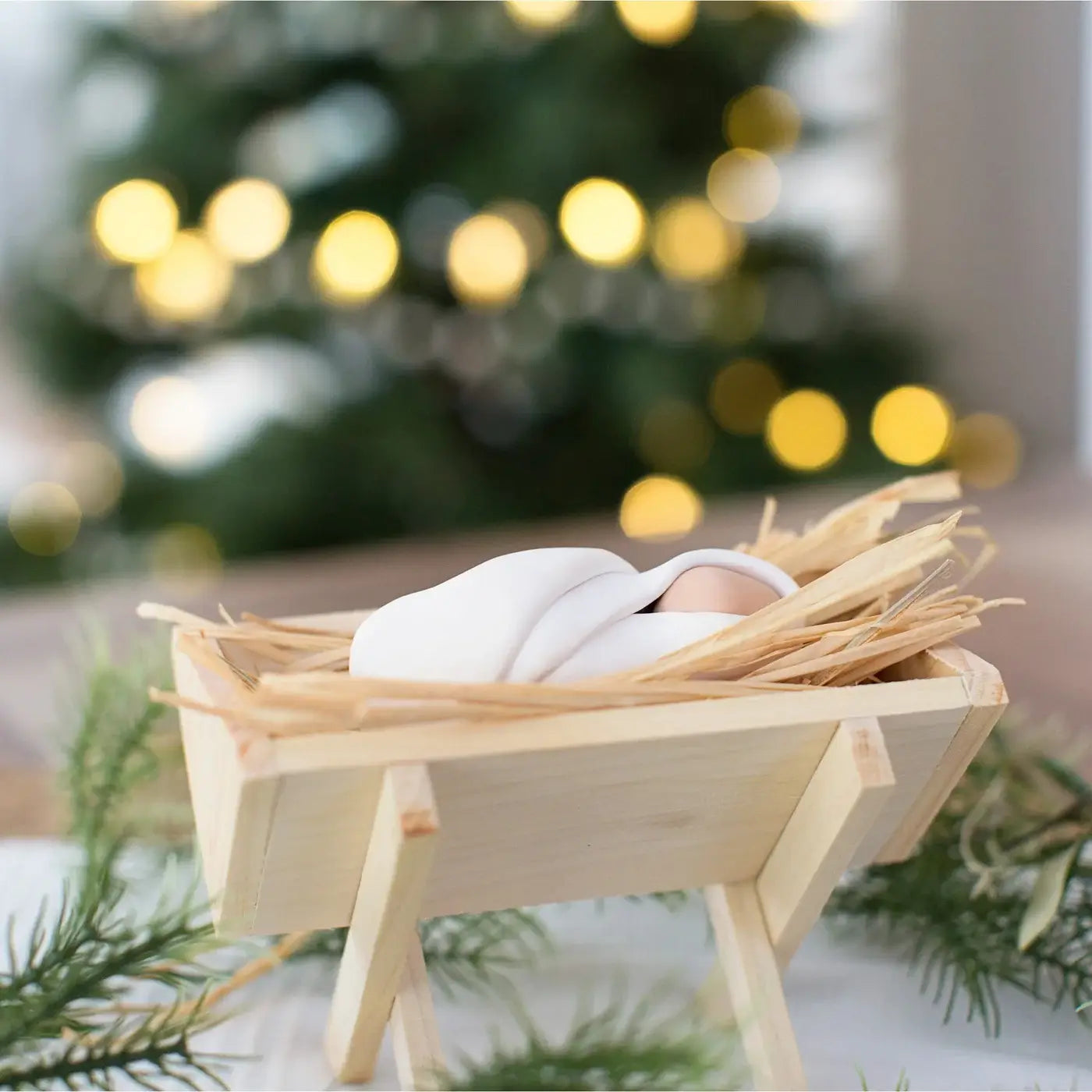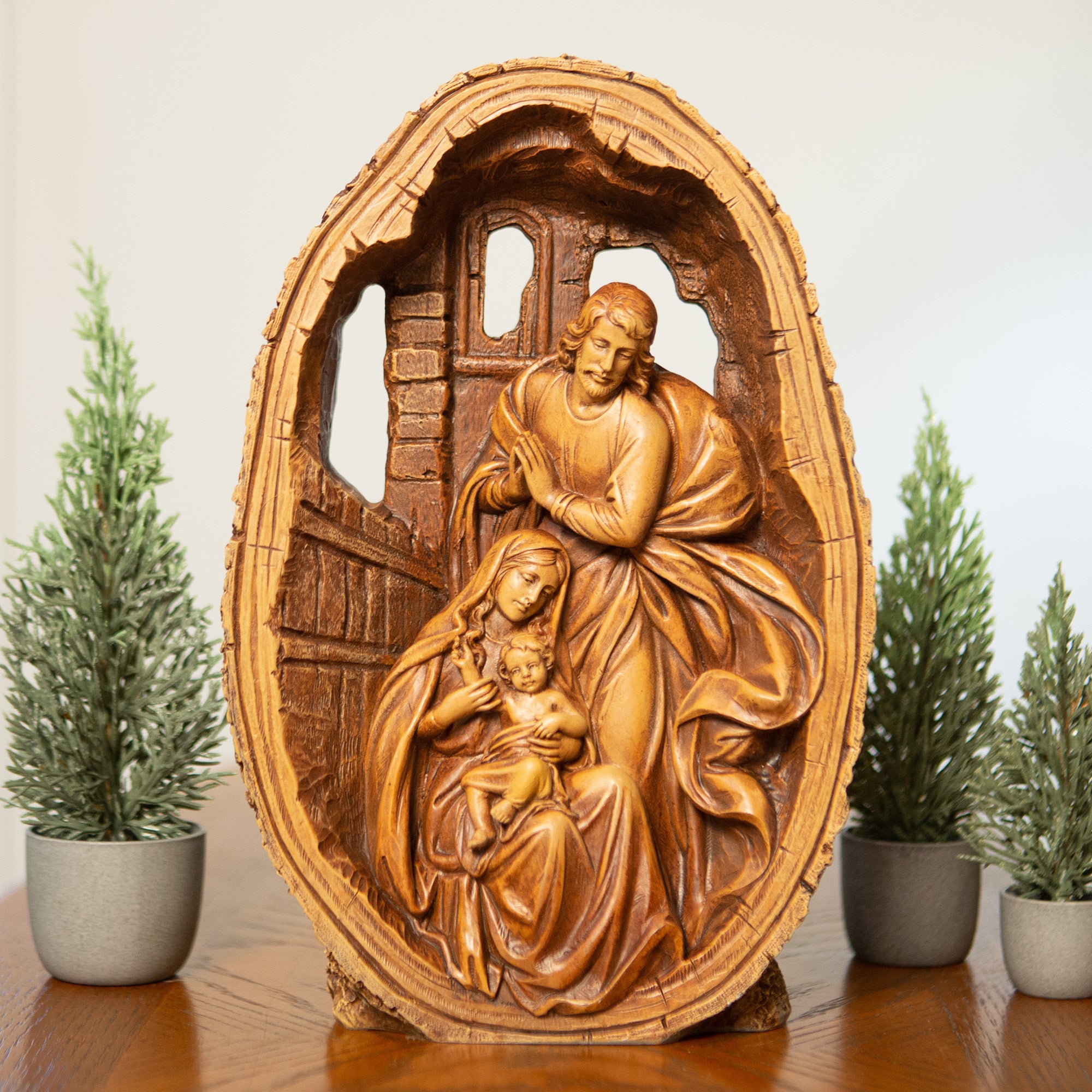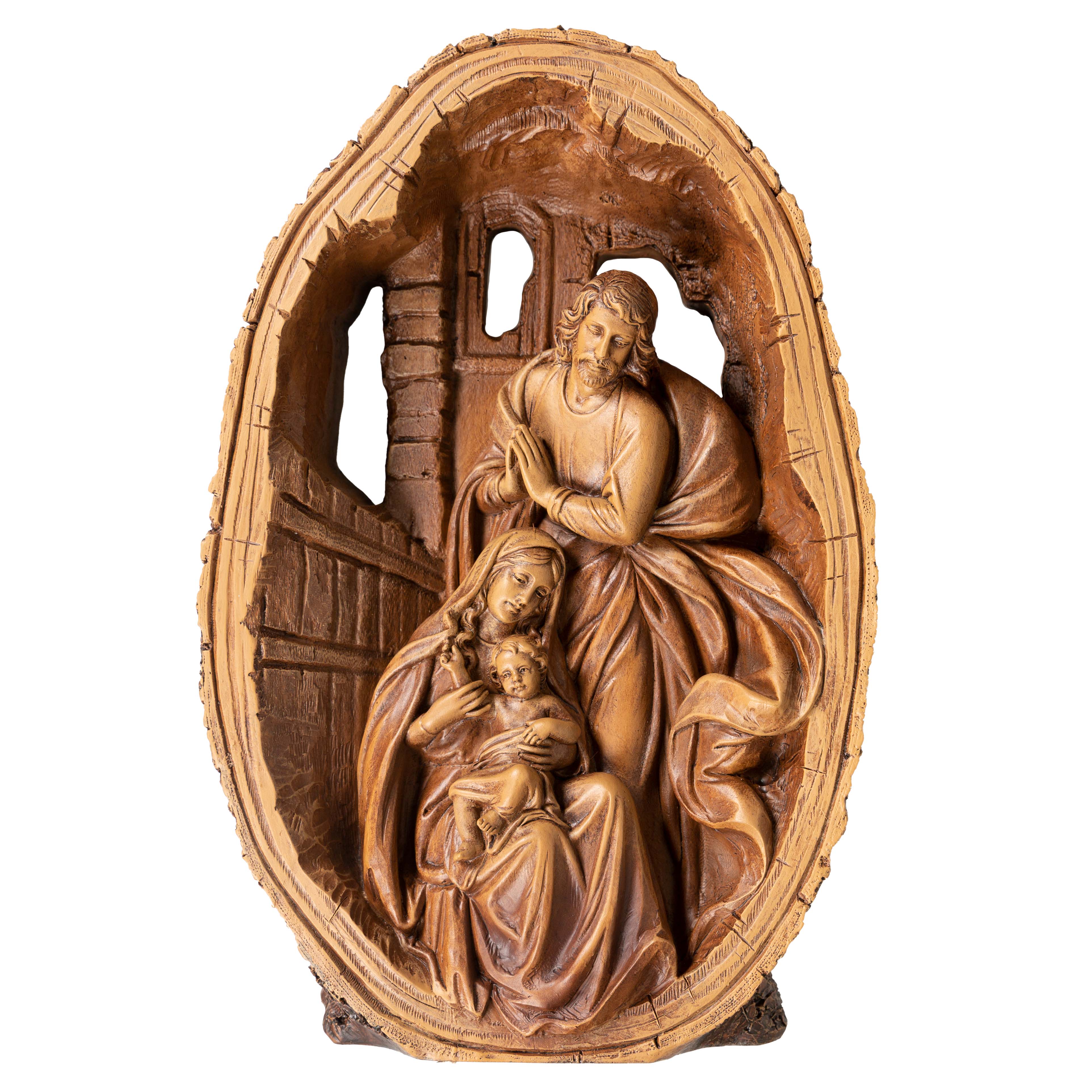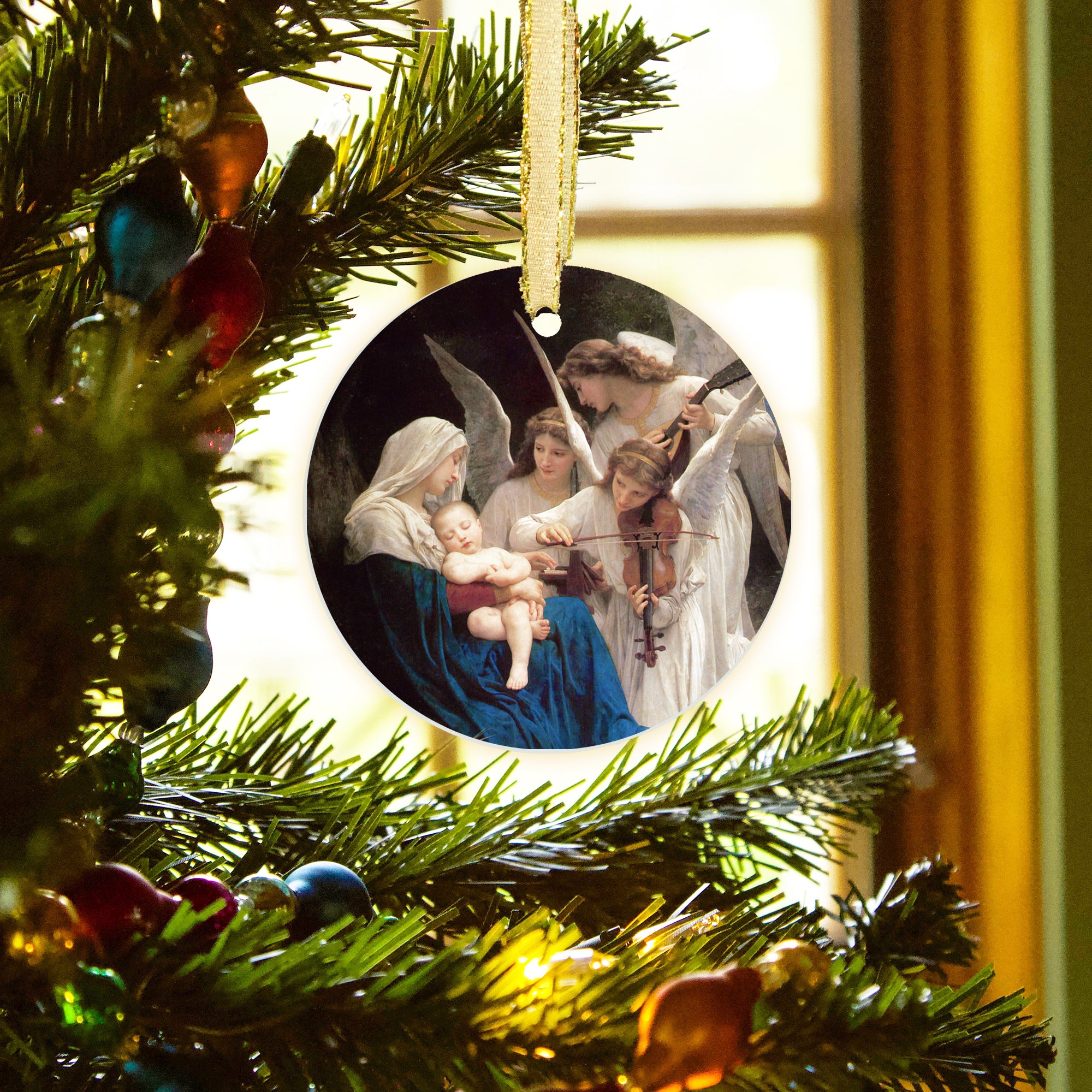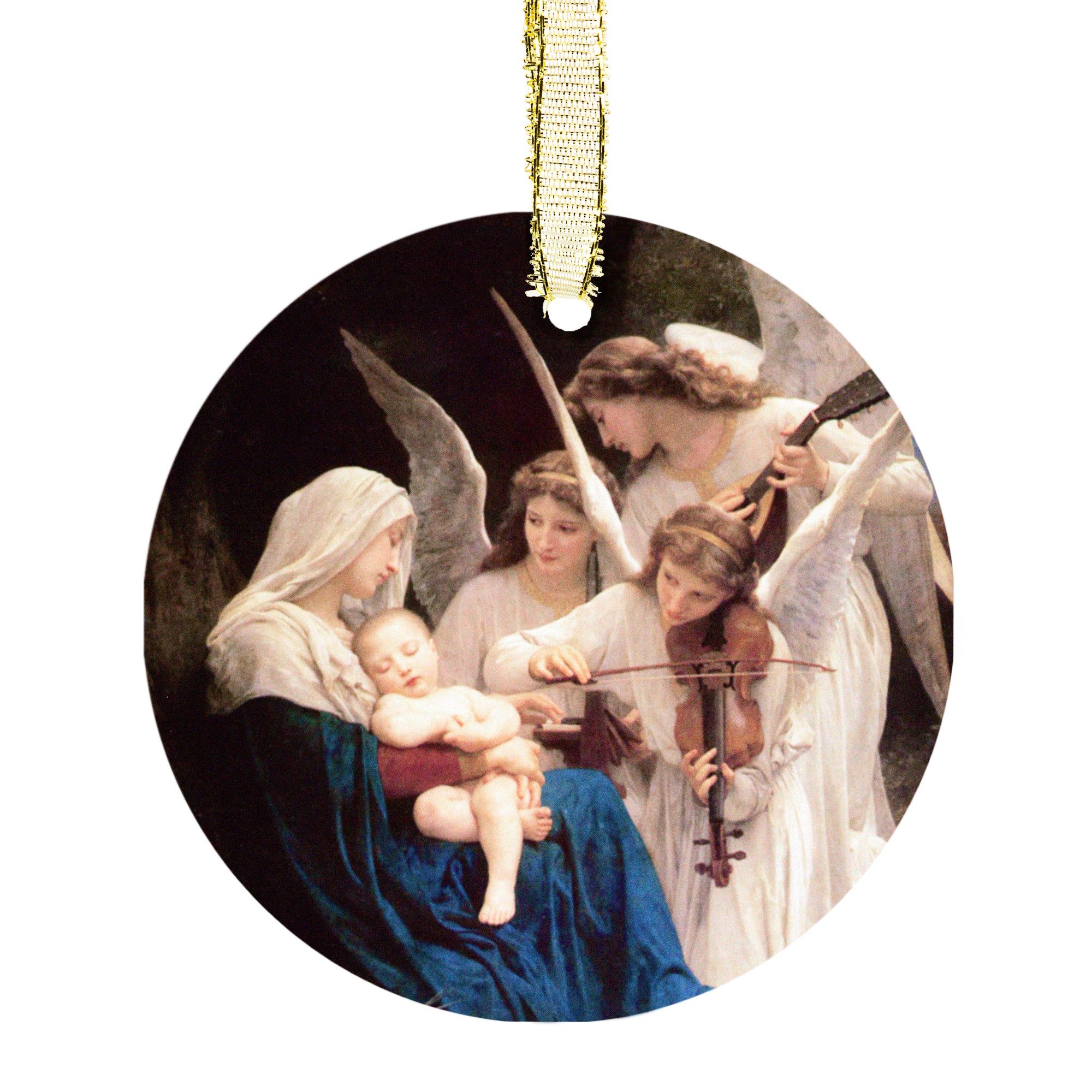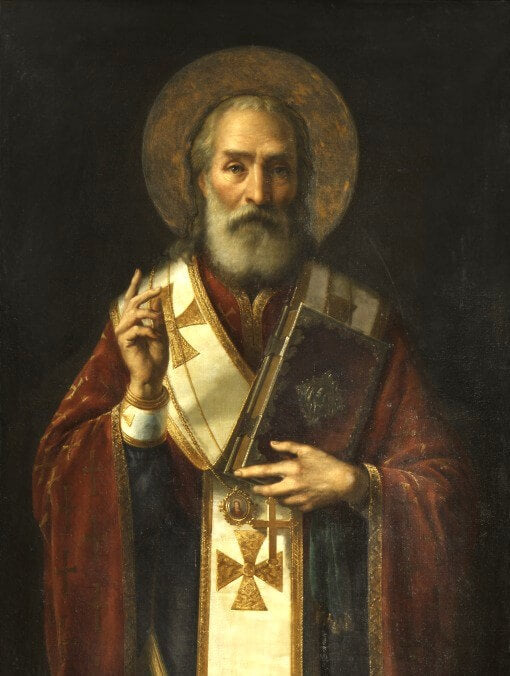Every year, one of your favorite Advent traditions is probably setting up your Nativity set.
Perhaps your nativity is made of wood, or silver, or china, or simple plastic; maybe you put it on the mantelpiece, or in the center of the dining room table. Many of us have a large one that we place outdoors so that passers-by can enjoy it; we might also have a tiny one that we place by our bedside to remind ourselves of the reason for the Christmas season.
We keep the Baby Jesus hidden away, ready to place Him in the manger on Christmas morning.
The three Kings are placed in a different part of the house; they will arrive on Epiphany and not before.
Devout citizens place Nativity scenes in public places, at state capitols, in parks, to bring the light of Christmas to their fellow-men. They fight to keep Christ in the public square even as others try to remove Him. This year, after all the struggle, 40 states have a Nativity scene in or at their capitol building.
But who invented the Nativity scene?
It was a deacon in Italy in the 13th century, who had a special love for the Child Jesus. He hatched a plan to inspire this same love in the townspeople.
In a cave near the town, he set up a manger and brought a real ox and donkey to play their part. He invited the people to Midnight Mass at the cave, and they came, the forest ringing with song and bright with candlelight. After chanting the Gospel, the deacon preached a sermon about the Babe of Bethlehem, Whose Name he could not utter for sheer love.
He kept the manger empty, since the Child had not arrived yet. But one man—a holy citizen and former soldier who was a friend of the deacon—said that he saw, in the manger, a beautiful, radiant Child. He witnessed the deacon gathering this Child devoutly in his arms.
Of course, the deacon was none other than St. Francis of Assisi, and this is the story of the first Nativity scene, as related by St. Bonaventure in his biography of the saint. Bonaventure also relates that the hay from that first crèche was saved by the townspeople in attendance and that it miraculously cured ailing cattle.
When we put our Nativity sets out this Christmas, we are continuing a tradition that started nearly 800 years ago, in 1223.
If you are looking for a Nativity set—perhaps your first one, perhaps one to add to your collection—it’s not too late to order one. We Catholics celebrate Christmas long after the world has moved on. And there are many beautiful sets still available here at The Catholic Company. Become a part of St. Francis’ wonderful tradition. Our favorite is this simple one-piece Holy Family Nativity Panoramic Sculpture! Order yours today from The Catholic Company!


